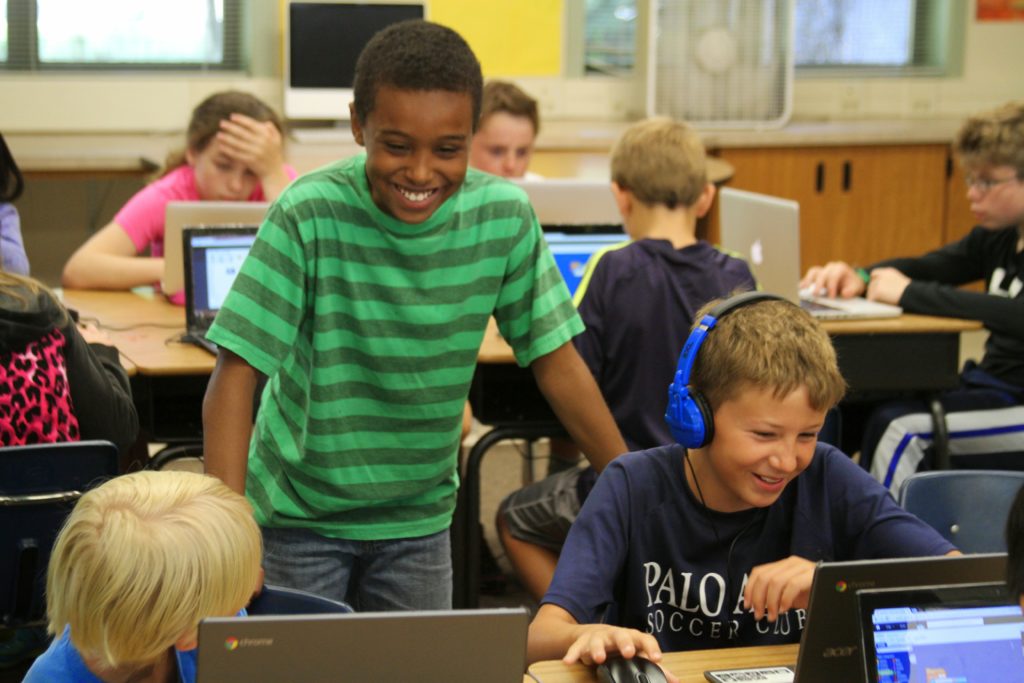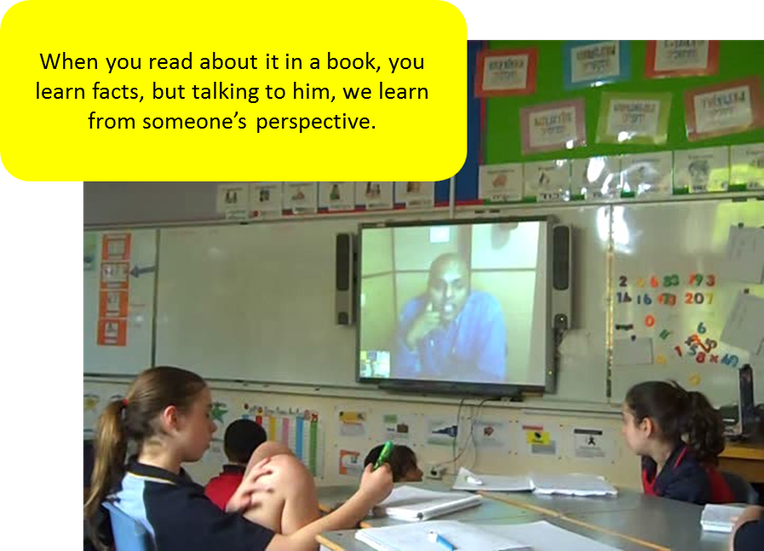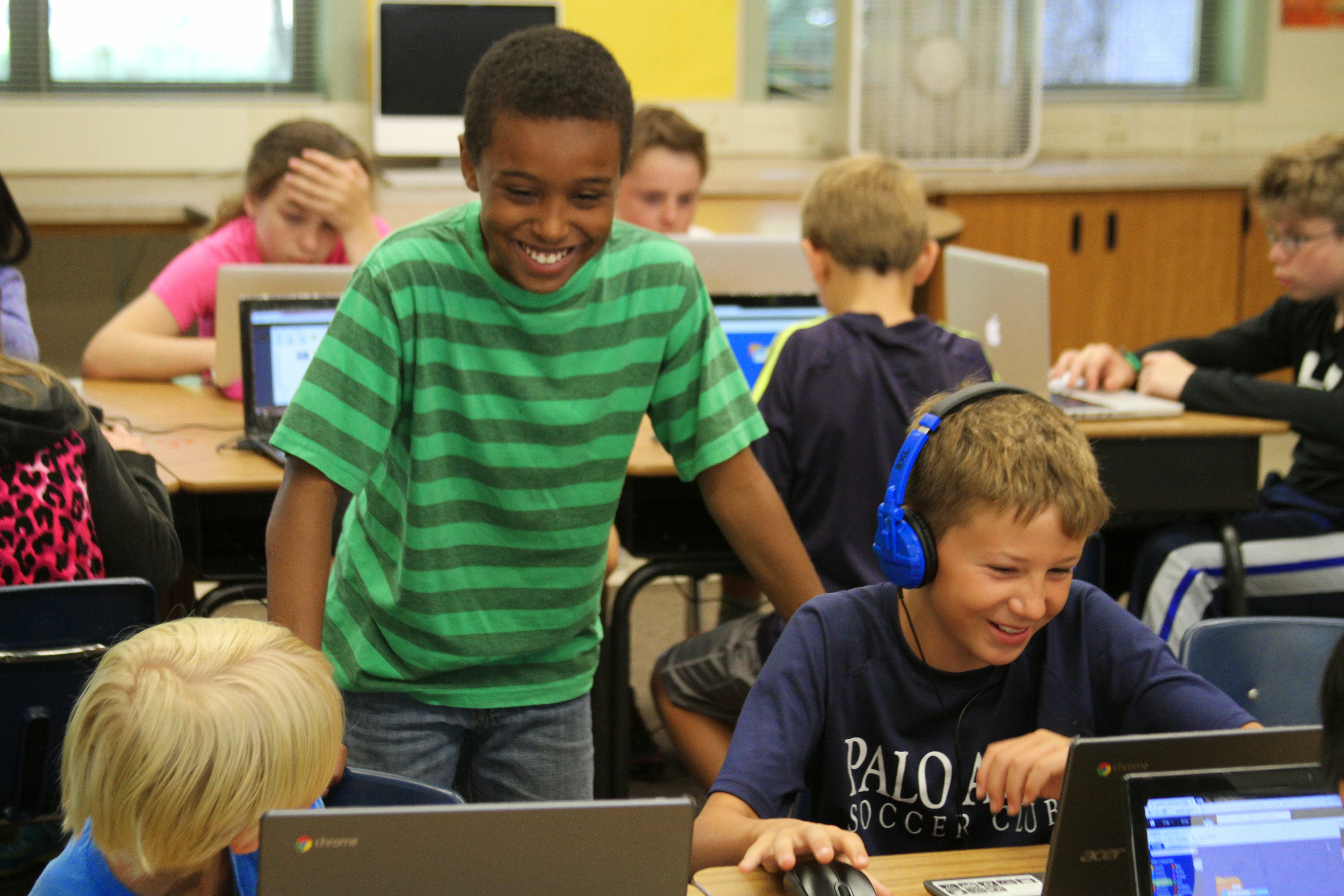Technology is not just taking over our homes and workplaces; it is also becoming increasingly an integral part of the education system. Children are using technology at home and, therefore, it makes sense that they should start using it in the classroom as well. Teachers everywhere are beginning to understand that technology can enhance the learning experience rather than be a distraction.
But how exactly can the use of technology benefit and improve education?
It provides better simulations
Technology makes it a lot easier to really get into different concepts and theories. While you don’t need a lot of equipment to show how vibrations make a sound, you can’t really show how evolution happens other than by explaining it in theory. However, technology allows you to visualize these difficult concepts and provide children with simulations of almost anything.

For example, the Concord Consortium develops technologies that allow science, math and engineering teachers to use software to show real-time simulations to the student. The non-profit organization has a project called Molecular Workbench, which has simulations on topics such as gas laws and chemical bonding.
In terms of the future, virtual reality is opening even more doors for children and teachers alike. Instead of just talking about different regions of the world or historical events, virtual reality could place the student in the middle of it all.
It connects children with the rest of the world
The world today is a highly interconnected one. For the future generations, it is crucial to understand different cultures, traditions and languages to ensure we continue to live in a more peaceful and prosperous society. Technology is a great tool for bringing people together, and teaching children about the other people that inhabit our fantastic planet.

Connecting with the rest of the world has multiple benefits in the classroom. For starters, it can be a huge boost in learning. You learn more about the history of the world when you can discuss different events with native people via video conferences and Skype calls. It can be a great tool for history class, as well as when studying geography, biology and theology and different religions.
Of course, children can also benefit from connecting with the world when learning new languages. Talking with a native speaker is always better than just discussing with other learners. You learn more about correct pronunciation, the use of terms and idioms, and even the grammar of the language. Using technology to talk to other people, either through calling or text chatting, is a fantastic way to learn.
It boosts social interactions
Technology also plays a crucial role in improving children’s social interactions. In the modern world, you have to be tech savvy in order to survive. By using technology in the classroom, teachers can teach kids to be safe online and to know how to interact with different people when they aren’t in the same physical space.
Indeed, social media’s benefits for education – and utilizing these in the classroom – are important. At the same time, it’s important to teach children about the downside of online interactions, to ensure they don’t engage in bullying behavior online or hand out too much information about themselves to strangers.

Children can benefit a lot by learning about how to connect with other people online. It doesn’t just teach them things like language, history and customs, as discussed above. It also boosts their social skills. They need to learn how to talk to different types of people and in different situations. Since communication is different when done digitally, it can give a confidence boost to shy children, and help even those that feel lonely to find people to talk to.
It provides more avenues for creativity
Children can also show creativity in many ways with the help of technology. This is important in modern education because future skills are not just about theory and manual work – you will need to be able to think creatively and come up with new solutions to persisting problems.
With the help of technology, children are able to showcase their creativity through video and audio editing. They can make drawings, games and YouTube videos about different concepts and theories. These kinds of multimedia projects are fun because they can teach important concepts in math, physics and even history, while also allowing the child to add their own unique spin on the project. It makes learning a more active experience, and active learning is known to be better than passive learning.
It makes education and learning more varied and fun
Overall, technology improves children’s education by making the learning experience more varied and, therefore, fun. Children don’t just sit in the classroom; they are able to touch, listen, interact and engage in different ways. As mentioned earlier, learning becomes more active rather than passive.
Of course, schools have been able to engage in these kinds of activities before, with field trips and equipment. But technology is more affordable today. Tablets are cheaper than ever before, meaning that even schools with limited resources can participate in this learning revolution.
So, the use of technology in children’s education is hugely beneficial – for the child and the teacher.



